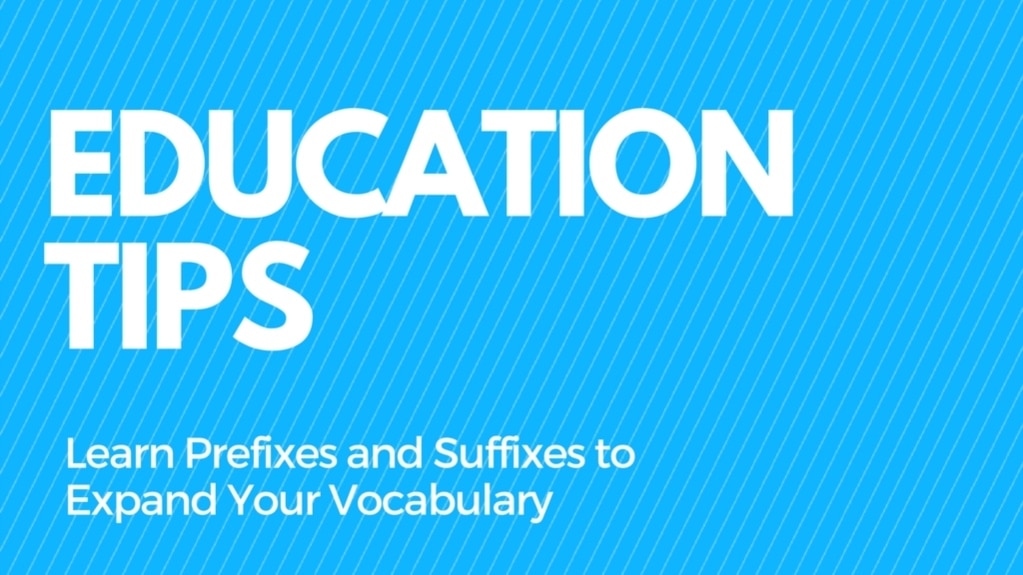On a recent program, we explained that knowing just a few root words in English can help you understand the meaning of hundreds more words.
To refresh your memory, a root word is the simplest form of a word. For example, two forms of the root for the word “see” are vis- and vid- such as in the words "television" and "video."
Today, we will tell you about prefixes and suffixes – groups of letters that appear at the beginnings and endings of words.
Learning the meanings of common prefixes and suffixes can help you understand unknown English words you come across. It can also help you become better at spelling words.
Prefixes
Let's start with prefixes.
A prefix is a letter or a group of letters that we add to the beginning of a word. Prefixes change the meanings of words. For example, the prefix un- (or u-n) can mean "not," "remove," or "opposite." Adding un- to the word "happy" gives you the word "unhappy," which means not happy.
U-n and r-e (or re-) are the two most common prefixes in the English language. Re- means "again" or "back," such as in the words "rethink" "redo" and "repay."
Here are a few things to remember when learning prefixes:
Suffixes
Now, let's turn to suffixes.
A suffix is a letter or group of letters added to the end of a word. Suffixes are commonly used to show the part of speech of a word. For example, adding "ion" to the verb "act" gives us "action," the noun form of the word. Suffixes also tell us the verb tense of words or whether the words are plural or singular.
Some common suffixes are -er, -s, -es, -ed, -ing and -ly.
Here are a few things to remember when learning suffixes:
There are additional suffix rules, but they deal with spelling and can be learned with time and practice.
A thing to keep in mind about both prefixes and suffixes is that some are only used with some words. For example, we add the suffix -ful to some nouns to mean "full of," such as in the words "beautiful" or "helpful." But, we cannot add -ful to just any noun. You could not, for example, say "loveful" to mean full of love.
So, what are some ways that you can practice common prefixes and suffixes?
One way is to use online flashcards from websites like Quizlet. You can choose sets of cards that are already made or create and use your own sets. Or, you can make your own flashcards with pieces of paper.
Once you've spent time practicing, take a news story or page in a book and look for words that have the prefixes and suffixes you learned. Then, use what you know about the meaning of the root words to guess the meanings of those words.
Learning prefixes and suffixes will not only build your vocabulary but can make unfamiliar English words a lot less frightening.
I'm Phil Dierking. And I'm Alice Bryant.

